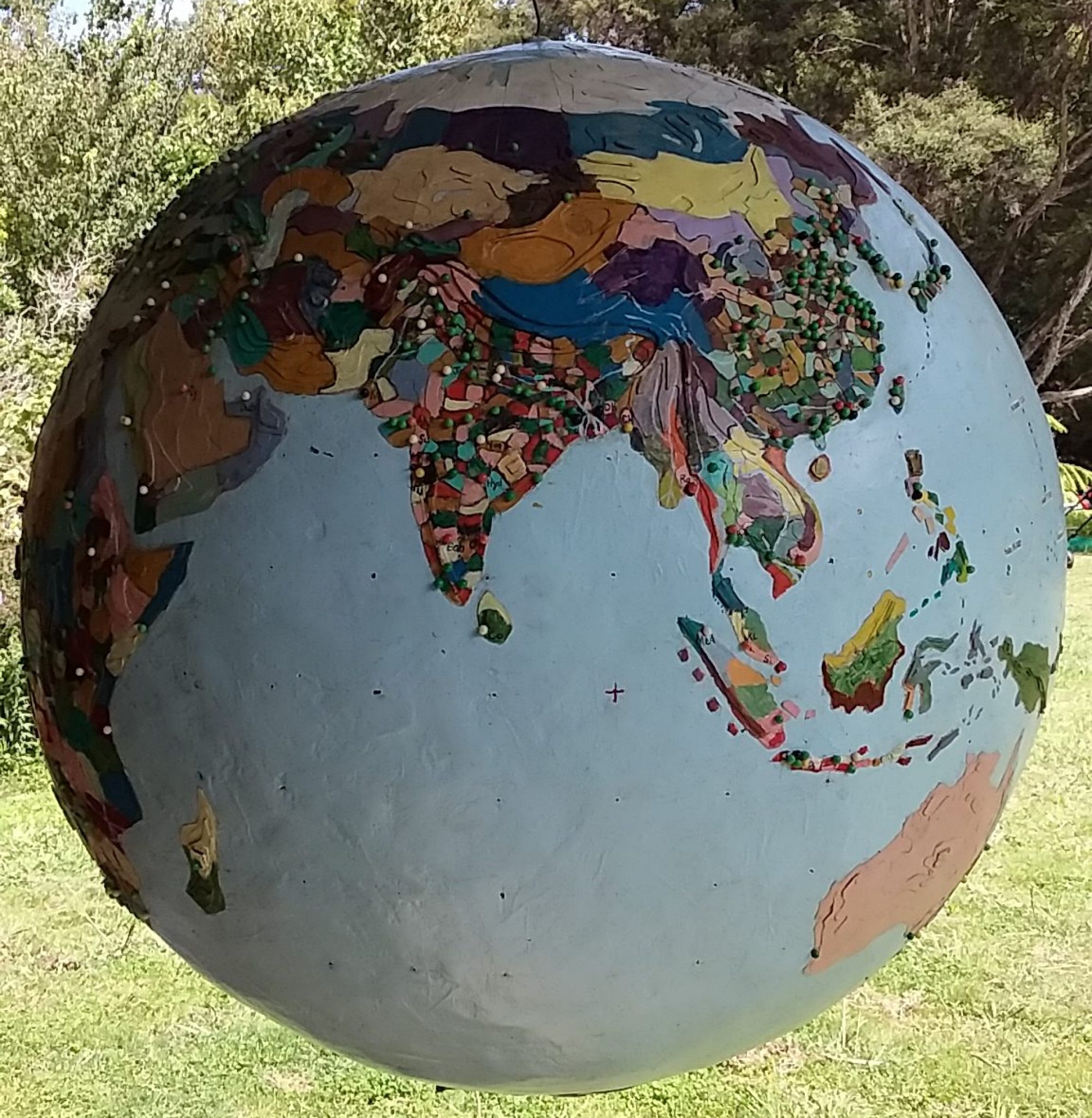Millisphere, abstract noun: a discrete region inhabited by approximately one-thousandth of the total world population.
I had intended to continue examining the millispheres of Africa but after a recent tweet by Donald Trump, referring to African countries as “shitholes”, I thought I’d look at his millisphere – New York – for no other reason than to establish a benchmark for deciding what is and what is not a shithole.
The City of New York (1970 population 7.9 million, 2016 population 8.5 million) is the centre of the much larger “conurbation” (population twenty-five million) spread over several northeastern American states.
New York attracts more that 60 million tourists a year and has three of the ten most visited tourist sites in the world. Larry Morris (singer in the 1960s NZ band Larry’s Rebels) slipped across the border from Canada and spent a decade working in America as an undocumented alien, visiting New York “about three times a year.”
“I LOVED New York,” Larry said. “To me it was like a very big Ponsonby and I felt totally at ease there. I found parts of Manhattan very cold and dark looking though, Wall Street in particular, surrounded by massive skyscrapers that would not let the sun in unless directly overhead. Musically the New York jazz scene was especially cool and I loved Broadway and Central Park with its John Lennon memorial garden.”
Frederick Olmsted, who helped design Central Park, gained his organisational skills while in charge of sanitation on the American Civil War battlefields. Considered the grandfather of American landscape architecture, Olmsted later became an advocate for conservation and national parks.
Musicians: Joan Baez, Harry Belafonte, Tony Bennett, Maria Callas, Mariah Carey, Duke Ellington, Art Garfunkel, George and Ira Gershwin, Oscar Hammerstein, Lena Horne, Billy Joel, Norah Jones, Lady Gaga, Cyndi Lauper, Barry Manilow, Yehudi Menuhin, Gerry Mulligan, Harry Nilsson, The Ramones, Lou Reed, Carly Simon, Phoebe Snow, Artie Shaw and Fats Waller were all native New Yorkers. Hip Hop (Rap) music originated in the Bronx.
Many other musicians came to make their name in New York. Robert Zimmerman, from Minnesota, worked up his act in the folk clubs of Manhattan’s Greenwich Village – and changed his name to Bob Dylan. New Zealand’s Lorde got heckled at a New York concert, last week, for her principled decision to not play Tel Aviv,
New York has the largest Native American population in the United States – traditionally coming to work in high-rise construction. Although he looks Hispanic, singer Willy DeVille’s grandmother was one of the last purebred Native Americans in New York state and Willy was a New Yorker to his bones.
First Dutch, then English and finally American, New York became a destination for refugees from Europe; the Irish, Germans, Italians and East Europeans came to start a new life in the New World. “Give me your tired, your poor, your huddled masses yearning to break free,” said Emma Lazarus – whose ancestors had emigrated from Germany and Portugal before the American revolution.
New York has the largest Chinese population of any city outside Asia and has 2.4 million Hispanics and 1.9 million Blacks. There are over 200 languages spoken in New York and half of all New Yorkers speak a language other than English at home. New York now has the largest foreign born population of any city in the world.
New York dealer galleries and art institutions such as the Museum of Modern Art and the Guggenheim arbitrate what constitutes “high art,” anointing locals like Diane Arbus, Edward Hopper and Roy Lichtenstein. New Zealand artists such as Billy Apple, Len Lye and Max Gimblett went to make their names in New York and Pittsburgh commercial artist Andy Warhol came for his “fifteen minutes of fame,” and stayed. Realist New York painter Norman Rockwell was loved worldwide for his kitch Saturday Evening Post covers and it was in New York that spray-can graffiti “bombing” originated, also to be embraced globally.
The most densely populated city in the United States, New York is known for its creativity, entrepreneurship, social tolerance, environmental sustainability, freedom and cultural diversity – for the other side of the coin check out next Tuesday’s On the contrary.
